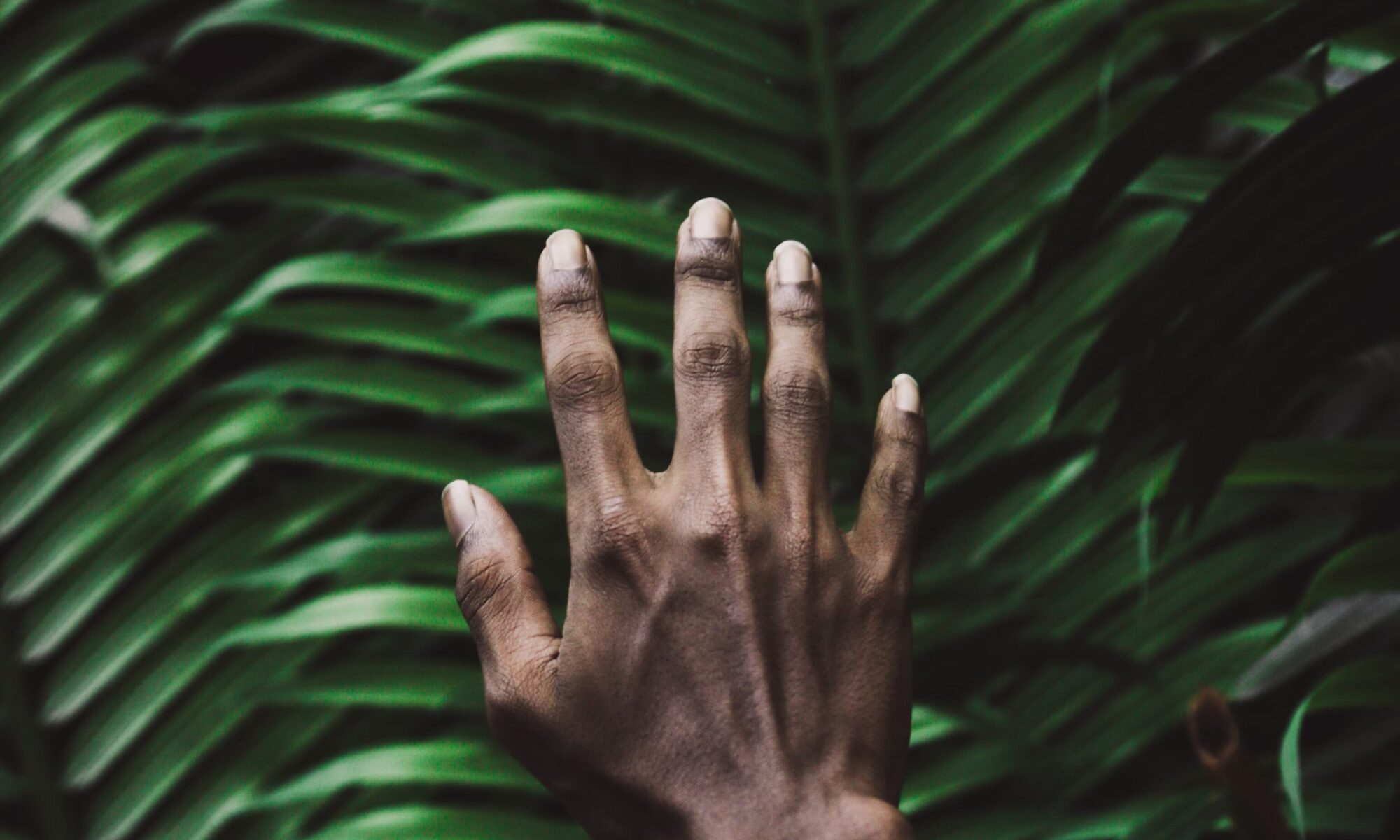
Whose World is This?
By Nakyshia Fralin
In “The World Is Yours,” Nas raps about being “out for dead presidents to represent [him].” While layered with meaning, there’s a message that sticks out to those like me—the chase for money is the answer to life’s problems. It’s a mantra I’ve heard since my childhood, the belief that the world becomes ours when we get those “dead presidents.”
I, like Nas, grew up in a community chained by poverty. A community that is still chained by poverty. My family still lives in neighborhoods next to factories, flooded streets, and barren landscapes. No trees. No healthy food options. An environment that denies its inhabitants basic necessities: clean air, clean water, healthy food, or even a simple park bench.
Pollution is not just some byproduct for the greater advancement of our Nation. It is asthma, heart disease, and cancer to my community. Flooding is not just some byproduct of a bad storm. It destroys homes, poisons drinking water, and leaves many with anxiety and depression. Lack of trees shouldn’t be taken lightly either. It makes the air worse, the heat unbearable, and the flooding inevitable. Lack of healthy food options adding obesity, poor health, poor academic performance, and shortened lives to this deadly cycle.
This is what is known as environmental injustice. Something, I thought I could escape. Yet, that isn’t the case.
Don’t get me wrong—money matters. There is a clear link between poverty and environmental injustice. This understanding was (is) the dominating narrative; however, new research shows something much more devastating.
Environmental injustice follows race, no matter what the socioeconomic status is. A 2025 study revealed that Black communities face significantly higher pollution exposure at every income level when compared to white communities. Whether we are in the city, the suburbs, or rural areas, the burden is the same. In fact, Black families making between $50,000-$60,000 a year, on average live in neighborhoods more polluted than white families making less than $10,000 a year. The conclusion, here, is clear: if environmental injustice follows race then many of those that suffer from its effect do so because of their proximity to Black communities.
The Trump Administration cutting environmental justice initiatives is not to be taken lightly. They have cut $192 billionfrom projects aimed at sustainable housing, water infrastructure, climate and clean energy projects. My hometown, Wichita, Kansas, lost $10 million in funding for environmental justice. This is leaving organizations nationwide from San Diego to New Orleans to Minneapolis without essential funding.
I think of environmental injustice as patient 0. It’s poisonous touch disrupting the balance of tranquility leading to disproportionate health disparities, crime rates, joblessness, and violence in Black communities. Leaving families, like mine, caught in an unbreakable cycle. A cycle that money alone wont fix.
Now more than ever, we need: political action, community engagement, mass education, transparency, and environmental justice organizations. And most importantly, we need unity. Environmental injustice is not the byproduct of poverty; it’s the byproduct of institutional racism.
This vicious cycle has left people of color on the frontline of the climate crisis. Yet, when these effects happen, these communities receive less reinvestment compared to white communities. Environmental injustice is not color-blind and won’t be fixed by income equality. It requires intentional, race-conscious action.
If we don’t then—Whose World is This?

